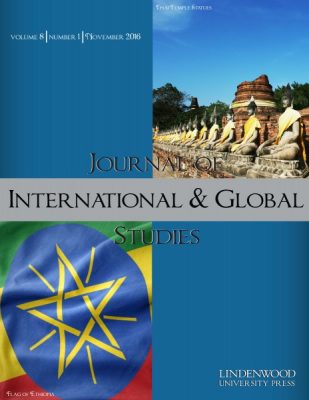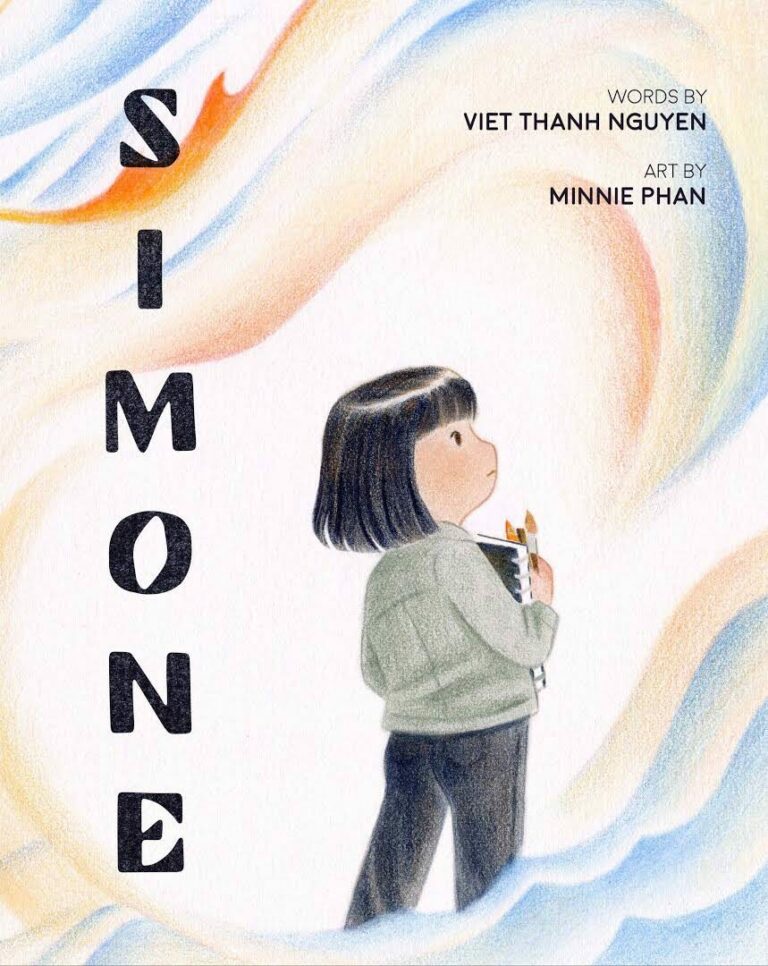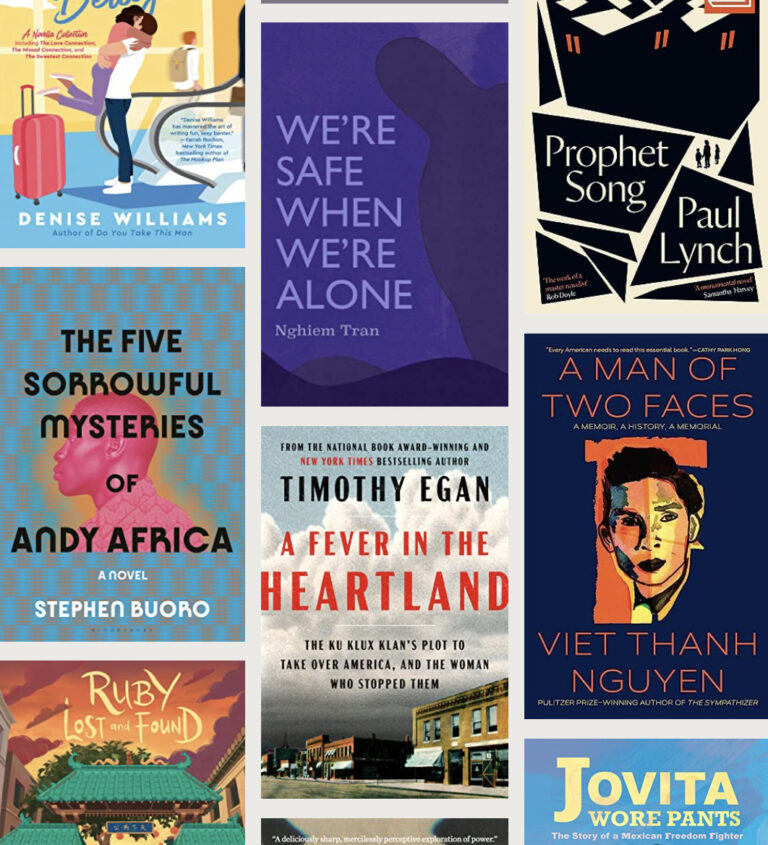The following is a review by Michael G. Vann, written on Viet Thanh Nguyen’s Nothing Ever Dies for the Journal of International and Global Studies.

In Francis Ford Coppola’s Apocalypse Now, Robert Duvall as Colonel Kilgore leads an assault on a sleepy coastal Vietnamese village. After an unforgettable helicopter attack set to Wagner’s “Flight of the Valkyries” and a spectacular orgy of fiery destruction that highlights the asymmetrical nature of the war, the shirtless Kilgore delivers a series of some of the most famous lines from the cinematic representation of the American War in Vietnam. Highlighting the absurdity of the conflict, he shames an American solider into going surfing while under fire by telling him that “Charlie don’t surf” and thoughtfully considers the scent of napalm in the morning, which he declares smells like “victory.” However, his most profound statement comes after a pause of deep reflection as artillery shells burst behind him and helicopters buzz the beach. “Someday this war is going to end…” Martin Sheen’s character waits for him to finish the thought, only to realize that there is no further point to the statement. Sheen and the audience are left dumbfounded but also doubting whether this war really is going to end.
In many ways, Pulitzer Prize winning novelist and University of Southern California professor of English and American Studies & Ethnicity Viet Thanh Nguyen’s recent academic monograph Nothing Ever Dies: Vietnam and the Memory of War is a scholarly response to Kilgore’s twisted martial melancholy. Indeed, at one point Nguyen argues that the American War in Vietnam of the 1960s and 1970s can only be understood in the context of over a century of imperialism stretching from the 1898 invasion of the Philippines to the occupation of Iraq. In just over 300 pages that blend the history of memory, literary and film criticism, public history, cultural studies, postmodern theory, and philosophic meditation, Nguyen demonstrates the multiple ways in which the war lives on in a variety of contexts. This is a brilliantly written and deeply moving interdisciplinary study of the unresolved memories of the war. Yet the book’s greatest strength, its ability to draw from diverse fields, may frustrate readers who would appreciate greater methodological consistency. Other readers may be surprised by the book’s emotionally powerful conclusion, which urges an almost transcendental shift to a higher consciousness. Specifically, Nothing Ever Dies argues the case for a “complex ethics of memory” that will recognize the victims on all sides and fully examine the construction, reproduction, and circulation of memory. While the book is focused on the legacy of the American War in Vietnam, its philosophical implications are universal.
Another great strength of the book is how it examines the memory of the war from multiple perspectives. In addition to a generalized Anglo-American position, Nguyen delves into the war’s meaning for Vietnamese-Americans, Southern Vietnamese, Northern Vietnamese, Cambodians, Laotians, and South Koreans (though the Australian story is not addressed). While uneven and constrained by language issues surrounding source material, Nothing Ever Dies breaks important ground with its truly international perspective. After opening with a very personal prologue and a brief chapter that establishes the author’s argument, the book is organized into three sections of three chapters each, followed by a summary chapter and an epilogue. An unashamed and enthusiastic logophile, the author peppers the text with witty postmodern word play. Nguyen starts with “Just Memory,” an essay in which he calls for an ethical understanding of war, specifically the American one in Vietnam, to establish a framework for an inclusive reconciliation and forgiveness.
The first section, “Ethics,” contains the chapters “On Remembering One’s Own,” “On Remembering Others,” and “On the Inhumanities.” In the first chapter, Nguyen discusses the Journal of International and Global Studies Volume 8, Number 1 110 various cemeteries, memorials, and ceremonies honoring fallen Vietnamese. He contrasts the impressive official Communist Party memorials with a defaced and neglected Republic of Vietnam era cemetery in Southern Vietnam. He also considers the sites and practices of memory in Vietnamese diaspora communities in Westminster and San José, California, where anticommunist refugees struggle to be included in the dominant narratives of the war on both sides of the Pacific. The second chapter begins with an analysis American memorials in Washington D.C., both the famous wall and statues dedicated to field soldiers and nurses. Nguyen contrasts American memorialization of its dead with American silences about the Asian dead. In a powerful indictment of the way Americans view the wars in Vietnam, Cambodia, and Laos, the author condemns the “discourse of the Gook,” which presents the 58,000 dead Americans as victims while ignoring 3,000,000 dead Asians. In this chapter, Nguyen utilizes film and literature to prove his point. The final chapter of the first section calls for a remembrance of inhumane acts. In an elegant discursive move, he calls for all sides to recognize the other side’s humanity as they come to terms with their own inhumanity. Nguyen critiques American films that place white American male soldiers at the center of the story and use Vietnamese bodies, often female bodies, as plot devices to work out their own demons. The chapter concludes in Cambodia with a consideration Phnom Penh’s infamous Tuol Sleng genocide museum and a laudatory assessment of Rithy Panh’s films on the horrors of the Khmer Rouge years, films that capture both the humanity and inhumanity of the Khmer people. This is an example of an ethical memory.
The second section, “Industries,” contains the chapters “On War Machines,” “On Becoming Human,” and “On Asymmetry.” The first chapter argues that as an economic and military super-power, the United States of America is also a cultural super-power that uses its muscles to dominate global memories of the war. Nguyen considers a number of American films in his argument about the weaponization of memory. Nguyen holds that many Americans dismiss Vietnamese narratives of the war, such as Ho Chi Minh City’s War Remnants Museum, as blatant propaganda while failing to acknowledge Hollywood’s promotion of ideological messages. The chapter ends with a simple call for a recognition of American cinema’s complicity in a larger war machine. The section’s second chapter explores memories of the war in South Korea. Analyzing Korean cinema and public history sites such as Seoul’s military museum, Nguyen internationalizes our understanding of the war and war memories. He calls attention to the oft-neglected brutal history of South Korean troops sent to South Vietnam in a mercenary like capacity. His insightful observations note South Korea’s actions as a sub-imperial power and the ongoing complications of Cold War legacies. Nguyen starts the final chapter with the asymmetrical nature of guerilla forces taking on an industrial super-power but then argues for an asymmetry in memory production. Against the global appeal of blockbusters like
Transformers 2, he presents the various ways in which Vietnamese produce memories that challenge the dominant American narrative. Vietnam’s museums filled with “weapons with biographies” and life size mannequins being tortured, films with modest budgets but previously unheard perspectives, and tourist traps offering kitschy souvenirs are an asymmetric attack on Hollywood’s hegemony.
The third section, “Aesthetics,” contains the chapters “On Victims and Voices,” “On True War Stories,” and “On Powerful Memory.” In the first chapter, Nguyen uses a number of authors to critique Vietnamese American literature and its struggle to form identity and memory for a minority group in the United States of America. The chapter ends with a larger call to arms against the cultural dominance of whiteness. The second chapter starts with the issue of authenticity and accuracy in writing about war—arguing that true war stories need to capture Nothing Ever Dies: Vietnam and the Memory of War 111 horror, banality, and beauty—and then makes an argument about the difficulty of refugees as ethnic minorities to establish their own identities on their own terms. Here Nguyen writes in the genre of literary criticism. Importantly, he factors the Hmong experience into his analysis. The final chapter calls for a “powerful memory to fight war and find peace.” In this piece, Nguyen offers his notes on Tuol Sleng and Choeung Ek (the so-called “Killing Fields”) in Cambodia. He contrasts the poverty of Southeast Asian sites with the well-funded Dachau memorial in Germany. Elsewhere, he considers provocative works of art such as the photography of An-My Lê and Dinh Q. Lê. To fight for peace, he calls for art that celebrates humanity on all sides yet acknowledges inhumanity on all sides. Above all, such art must speak truth to power.
The final full chapter, “Just Forgetting,” serves as a conclusion. Nguyen summarizes the book’s argument as a call for an ethics of memory that recognizes the humanity and inhumanity of all sides, equal access to the industries of memory, and a world in which no one will feel exiled. In the epilogue (as throughout the book as a whole) the author inserts his and his family’s history into the analysis, underlining the very personal nature of the project. While Nothing Ever Dies is a brilliant work, some readers may have trouble with the repeated shifts in analytical style and methodology. At several points, this reviewer noted a lack of historical specificity. Other readers may be surprised by Nguyen’s larger mission of calling for a framework for global peace and social justice. That said, the book is a stunning achievement.


